
Wood Carving Tutorial
Types of Wood for Carving
Choosing the appropriate wood for carving can depend on many factors. Is the wood soft enough to cut easily with a chip-carving knife, or do you need a chisel and mallet? Will the carving have a natural finish that shows the wood's color and grain, or will it be painted?
Some carvers choose interestingly shaped sticks or logs. A freshly cut log can present problems since it is still filled with a great deal of moisture. If the log dries too quickly it may check (crack) badly. It is best to let the log air dry for an extended period of time until it reaches an acceptable level of moisture content to prevent unwanted cracking.
The alternative is to purchase kiln-dried wood that has been cut into boards. If a large block is required, the boards can be milled with a planer and joiner to give flat surfaces that can be glued together. An advantage of gluing is that large, unusual shapes can be created, unlike the confining shape of a log.
For carving small hand-held craft objects, such as duck or shorebird decoys, character figures, or chip carving, basswood is an excellent choice. It is soft and easy to carve, the close grain holds small carved detail, there are few knots or blemishes, and it is stable when dry. However, basswood is soft and absorbent which makes it difficult to apply a stain evenly on carved surfaces or attain a glossy finish. Most basswood carvings are painted.
For sculpture with a natural wood finish, walnut, mahogany, cherry, or butternut provide rich color with an attractive grain pattern. Butternut is very soft and the easiest to carve with hand tools. Walnut, mahogany, and cherry are rich in color, moderately difficult to carve, but they take finishes well and are worth the effort. Gouges and a mallet will be needed for these harder woods.
The Sculpture Studio does not sell wood. Prices vary greatly depending on the vendor and your location. Boards are sold by the board foot. (Board foot: 12"x12"x1") The dimensions are expressed in quarter inch. (For example: 8/4" is 2" thick, 12/4" is 3" thick)
| Type | Sample | Characteristics | Ease of Carving | Grain | Price Comparison |
|---|---|---|---|---|---|
| Basswood | 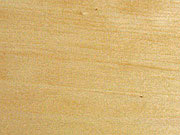 |
Cream colored, easy to carve, excellent for whittling and painted sculpture |
Easy Nice to carve |
Fine- Medium |
(Wood prices vary Moderate |
| Butternut | 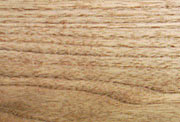 |
Light brown, distinct grain pattern, good for natural-finished sculpture, soft (dents easily), very easy to carve, quickly dulls tools |
Easy Nice to carve |
Course | Moderate |
| Cherry | 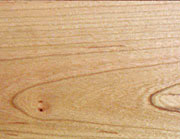 |
Reddish brown, wavy grain can be difficult to carve, excellent for natural-finish sculpture. |
Very hard | Fine | Expensive |
| Mahogany | 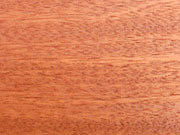 |
Dark reddish brown, excellent choice for natural finish sculpture. |
Medium Nice to carve |
Medium | Expensive |
Maple (Sugar Maple) |
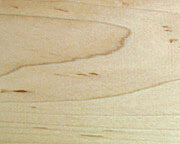 |
Creamy, very hard, difficult to carve, finishes well. |
Very Hard | Fine | Moderate |
Oak (White Oak) |
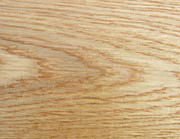 |
Light yellowish brown, very hard when kiln dried, difficult to carve, finishes well |
Very hard, carves easier when green |
Medium- Course |
Expensive |
| Pine
(Sugar Pine) |
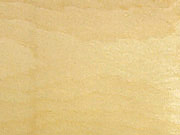 |
Aromatic, cream colored, soft, good for whittling, the prominent growth rings which may cause problems carving |
Easy, course grain can make it more difficult |
Medium | Inexpensive |
| Walnut
(Black Walnut) |
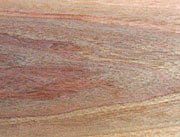 |
Dark brown, excellent for natural-finish sculpture, finishes well |
Hard Nice to carve |
Medium | Expensive |
Note: The Sculpture Studio does not sell wood.
Tools for Wood Carving
See some of the tools used for wood carving.
How to Carve Wood Sculpture
Techniques for carving wood.